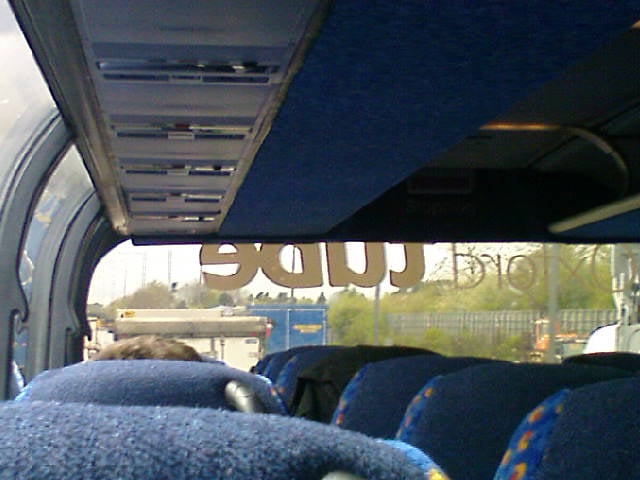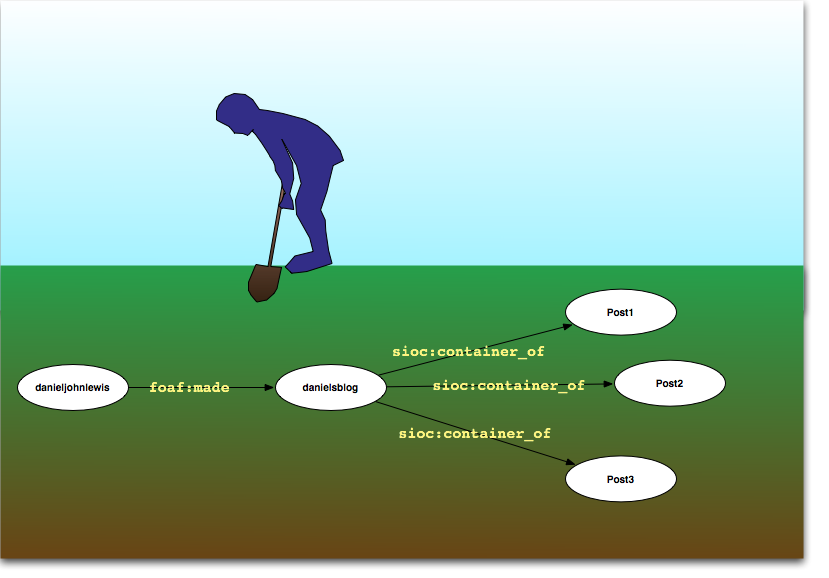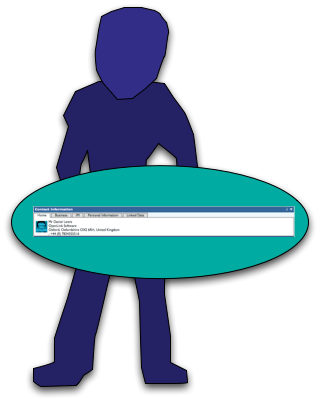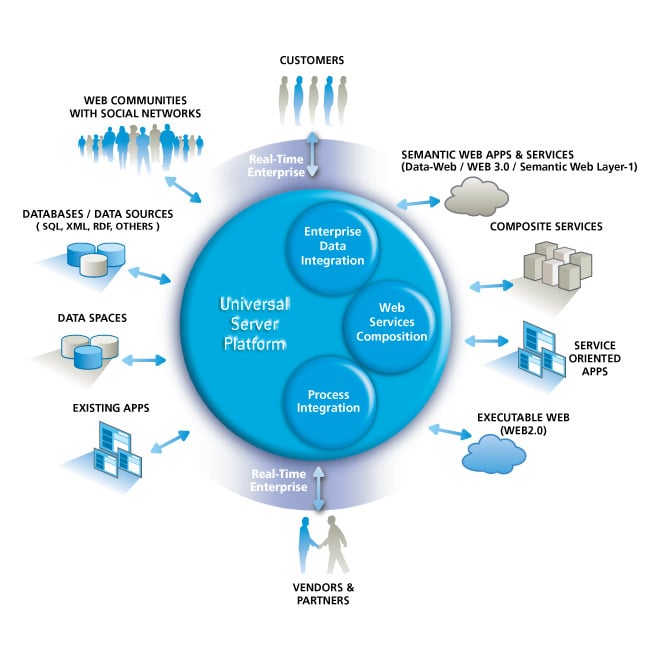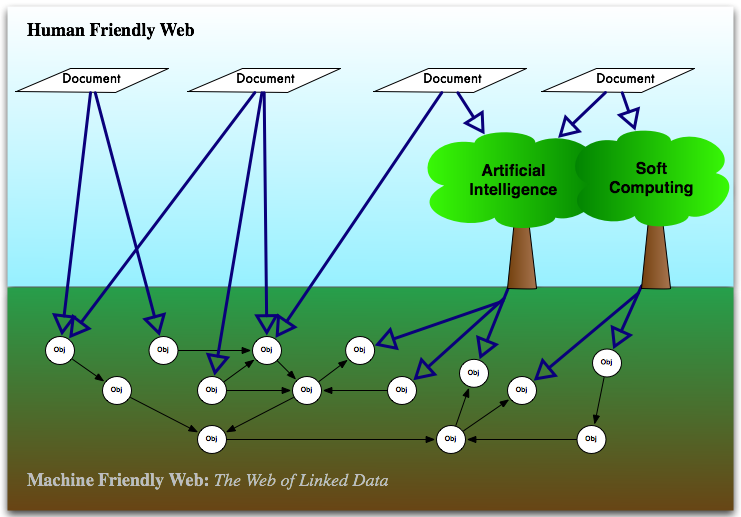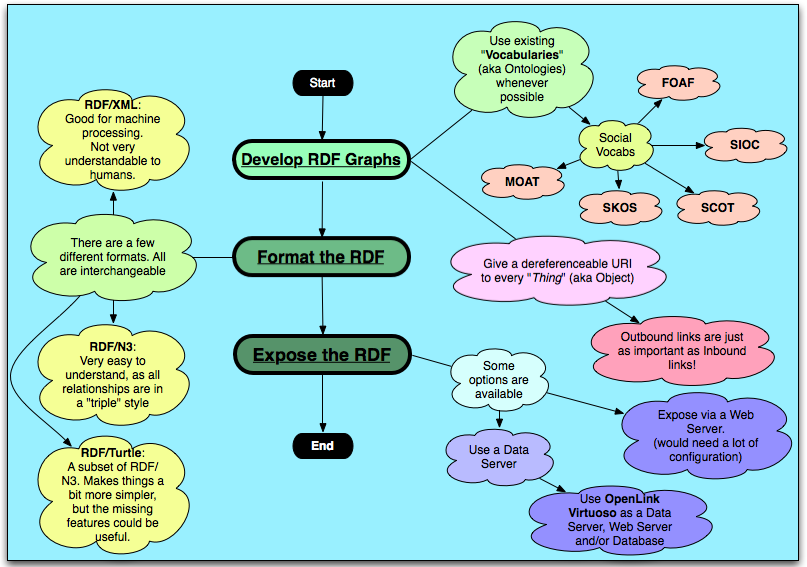So just a quick blog post (while my stomach digests my miso-noodles) which I have been thinking about doing for a while.
I wanted to let you know of various who have inspired me and in some way influenced my thoughts and actions. I’ll start with the ones within Computer Science, and then go into other areas.
People who have inspired me in computing (met)
Dr Ravji Pindoria
Dr Ravji Pindoria was one of my tutors at the Further Education College that I went to between 2001 and 2003. He was incredibly inspirational, not just in computing but in the things that he did and said. Ravji taught me the C++ programming language, I will always remember him saying that C++ is “not quite a horse, not quite a donkey” because of its ability to be either Object Oriented or Procedural.
Ravji was a great teacher, and quite academically minded. I think he has influenced me when it comes to the fact that I love teaching, breaking things down into allegory.
Ravji also gave me some spiritual advice, he is a Swaminarayan Hindu and I really admired the peace that he gave off. He was also vegetarian. One of the things that I remember him telling me was that “as long as you have some kind of faith, and some kind of morality then I think you’ll be fine”. I turned out to be a Liberal/Mystic Christian and vegetarian, and fascinated about other religions (particularly of Dharmic/Eastern origin).
(Image above is linked to from RavjiPindoria.com )
Dr Ian Bayley
Dr Ian Bayley was one of my lecturers at the University that I went to for my BSc (Hons) Intelligent Systems and Software Engineering. He taught me a number of things, including the Haskell programming language and Object Oriented Design Patterns.
I consider Ian to be an inspiration, not just because he was a great teacher, but because he knows almost everything… in fact he is one of the British Quiz Playing Champions.
(Image above linked to from QuizPlayers:Ian Bayley . Ian do you have a newer picture somewhere?)
Oli Winks
I met Oliver “Oli” Winks during my work experience year, and we became good friends. We often talked about artificial intelligence & artificial life, and discussed our academic plans for the future. We both stopped working for the same company at about the same time, I went off to do my final year of my undergrad degree and he went off to do his masters (and now his PhD).
He inspires me because I have interests in Symbolic AI and logic based systems/algorithms, whereas he is very connectionist/soft-computing/biologically-inspired. We also used to talk about Buddhism from time to time. I hope to write a paper or two with him in the future.
Also, his brother has a cool band called the Joff Winks Band.
(Image above linked to from Oli’s staff page at the University of Sussex)
People who have inspired me in Computing (not met (yet))
Tim Berners-Lee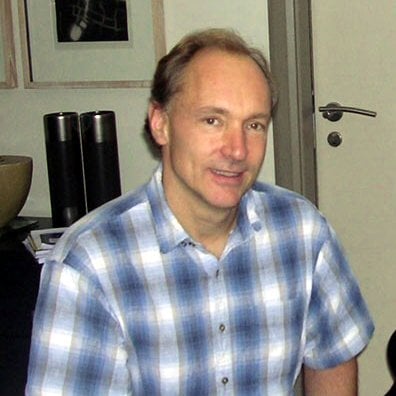
Founder of the Web, Head of the W3C, Linked Data Genius, Unitarian Universalist, British.
Tim Berners-Lee is an inspiration, he knows who to do things with best intentions for people, academia and business. There is little more that I can say about Tim, just pure awesomeness.
( Tim’s picture in Wikipedia, taken by Uldis Boj?rs)
Kingsley Idehen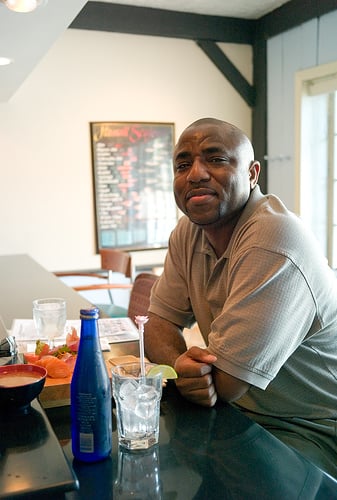
He is my boss, the chief of OpenLink Software. I haven’t met him yet, but I expect that I will do soon.
Kingsley Idehen isn’t any ol’ boss. He really does know what he is talking about when it comes to technology and his own products. Like many of the people already discussed, he is incredibly clever and I seriously wouldn’t be surprised if his head was actually some kind of large knowledge based system.
Kingsley is also a really nice guy, he understand business but has got a clear picture about academia too.
(Photo of Kingsley on Flickr, taken by Henry Story)
Alan Turing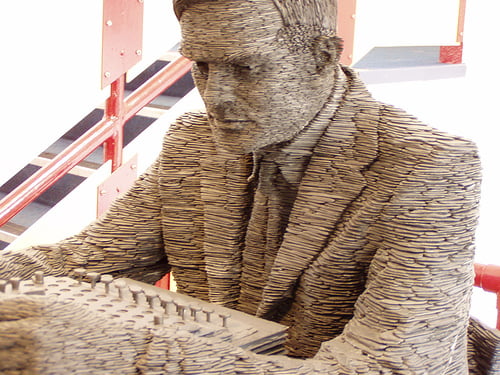
British Computer Science Genius.
Alan Turing knew his stuff! He invented things like the Turing Test and the Turing Machine… and he created many of the theoretical underpinnings of a lot of stuff that I (and many) do today.
(Photo of a statue of Alan Turing, taken by doeth)
Lotfi Zadeh.jpg)
Probably not a well known name to people outside of artificial intelligence, but Lotfi Zadeh created Fuzzy Logic, Fuzzy Mathematics and Fuzzy Set Theory. A very clever man, who has inspired me to think outside the box. Fuzzy Logic essentially is about the real numbers in between 0 and 1, so its quite different to the traditional binary logic that most computer scientists know and love. Think outside the box!
(Photo of Lotfi Zadeh from Wikipedia)
People not inside Computer Science who have inspired me (not met (yet))
- The Dalai Lama, Tenzin Gyatso. A great leader, an advocate of peace and a charismatic interfaith dialogue advocate.
- The Archbishop of Canterbury, Rowan Williams. Also a great religious leader, and he has a similar view to Christianity as I have (He is quite Liberal and quite Catholic, whereas I would say that I am very Liberal and quite Catholic). Also open to interfaith dialogue. There was a bit of uproar by conservative Christians about Rowan being chosen, and this was because of his liberal stance…. but it takes a liberal person to be accepting enough of the range of people in the Anglican denomination.
- Meister Eckhart. A German Theologian, famous for his mystic ideas. I’ve read up a bit about his work in the past, and consider it to be true. (He died in the early 1300s, so I doubt I’ll meet him)
- There are many more!
People not inside Computer Science who have inspired me (met)
- The Vicar who taught me Christianity, and got me ready for my Baptism and Confirmation: Rev. Andrew Bunch.
- Rev. John Pritchard, the Bishop of Oxford: Baptised and Confirmed me into Christianity and the Anglican Communion.
- Hazel Hobbs: Reiki master, she attuned me to level one Usui Shiki Ryoko Reiki. She inspired me by showing me eastern chi/ki/qi practices.
- Hazel Appleton: A great friend ever since we met randomly on the web. She has provided me with various bits of advice about life and spirituality.
- My parents and my sister. Obviously a big influence as they are my family!
- My girlfriend, Beki. Has been a fantastic girlfriend and also a support ever since I met her. You know true love by experiencing it!
![]()




.jpg)
